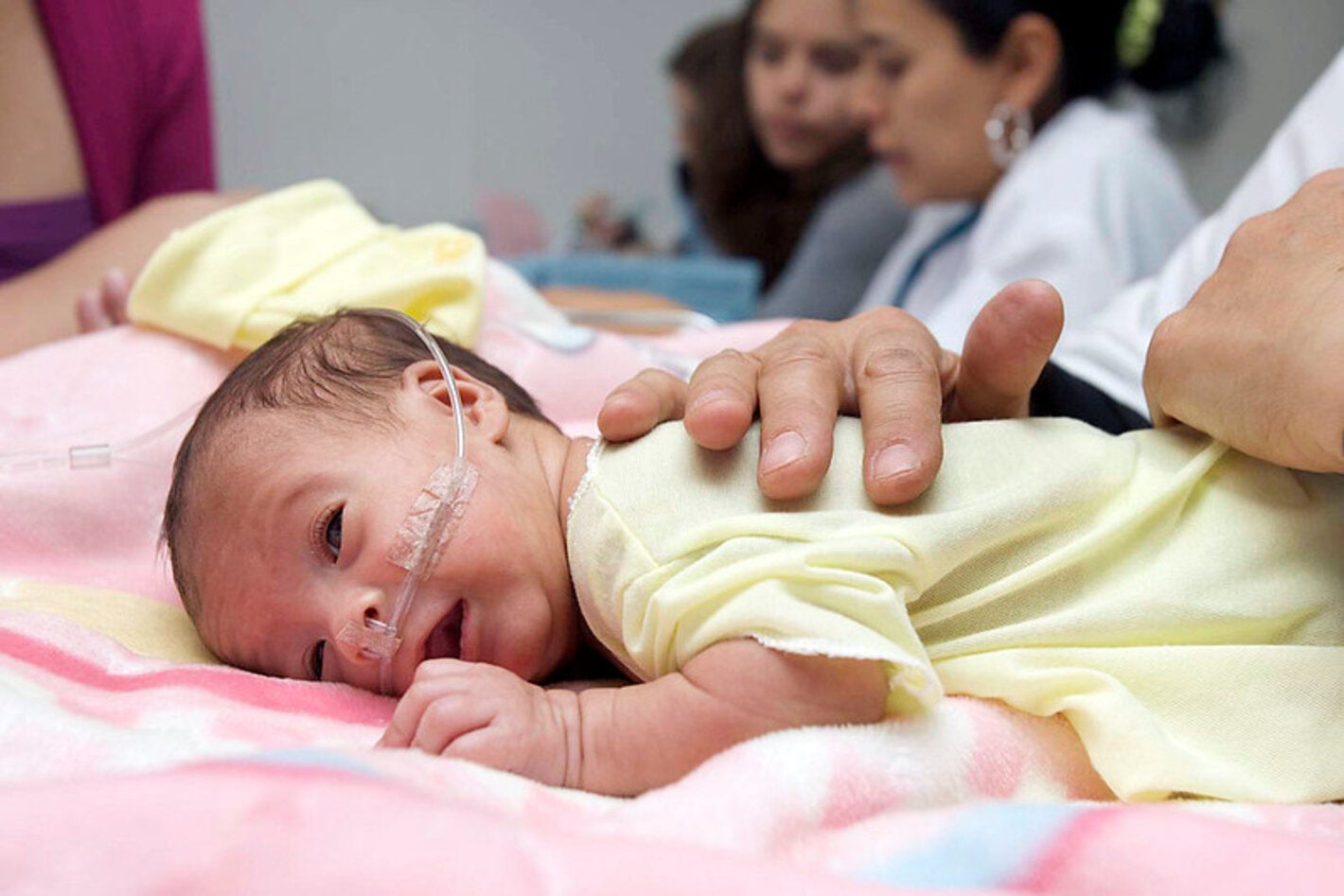
Montevideo, 14 May 2024. The number of deaths of children under the age of five reached historically low levels in 2022 globally, according to the recently published report of the United Nations Inter-agency Group for Child Mortality Estimation. In the Latin American and Caribbean region, under-five deaths were estimated at 152,000 in 2022, representing a 60 per cent decline since 2000.
"These results, of great relevance, are the result of different actions developed, but at the same time they entail an important challenge to sustain and deepen these results and to advance towards the achievement of what still remains to be reached," said Pablo Durán, regional advisor on Perinatal Health of the Pan American Health Organization (PAHO/WHO). "This is an opportune moment to review what has been achieved and reflect on what needs to be done to save more lives," he added.
Despite declines, the annual number of deaths among children, adolescents and young people remains high, particularly in some population groups. There are different risks and important inequalities in survival according to place of birth, socio-economic group or particular environments that imply different conditions of fragility (e.g. conflict, migration, among others).
An article recently published by PAHO analyses the inequalities that affect neonatal mortality in the Region of the Americas. The document highlights the urgency of emphasising action at the local level in the contexts and populations where the highest rates are registered; increasing investment to improve conditions that contribute to improving the health of women, newborns and children; strengthening and expanding the coverage of high-impact interventions, with a focus on young children; building synergies and strengthening the care process; investing and strengthening the response capacity of human resources in health; strengthening health information systems; and allocating appropriate resources to reduce under-five deaths.
In Latin America and the Caribbean, 57% of estimated under-five deaths are concentrated in the first 28 days of life, while globally this figure is 47%. The main causes of death include prematurity, asphyxia, sepsis/infection and congenital anomalies.
"We must focus on actions to reduce deaths from these causes and, in particular, address the different contexts in which they occur. We know that many of the deaths in children under five are preventable and, in too many cases, are associated with significant inequalities that exist within and between countries," said Durán, who also pointed out that actions must always be centred on individuals and families, with a human rights approach.
Along the same lines, PAHO's Director of Health Systems and Services, James Fitzgerald, said that "Neonatal and infant mortality is a priority issue for PAHO, and we are convinced that quality primary health care, with essential and low-cost interventions; the availability of qualified health personnel; early diagnosis and timely treatment, among others, are aspects that will allow us to continue advancing to meet the goals established for the region".
Although published estimates show the lowest values for under-five deaths since 2000 in the Latin American and Caribbean region, it is necessary to continue working with a focus on newborns and populations in vulnerable contexts. Political investment and advocacy; the strengthening of integrated care in the framework of resilient health systems, with an emphasis on primary health care throughout the life course; actions in reproductive, maternal, neonatal and child health; as well as the involvement of families and communities are priorities to continue reducing under-five mortality.



